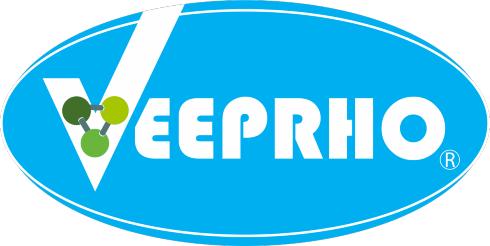
Impurities defined as a foreign particle that affects the purity of a substance. Usually, impurities occurring in many pharmaceutical or medicinal preparations may be of the following types.
- Foreign particle that bring about adverse or toxic reactions when present in excess beyond their limits. Example: lead, heavy metals, arsenic etc.
- Impurities which may not cause toxic effects but bring about deterioration of the activity of chemical. Example: hard soap containing excess of water.
- Impurities that cause incompatibility of active ingredient with other substance or which reduce the properties of active ingredient.
Types of pharmaceutical drug substances:
There are several types of drug substances (Medicine) in the world of medicine like
- Liquid – The active part of the medicine is combined with a liquid to make it easier to take or better absorbed. A liquid may also be called a ‘mixture’, ‘solution’ or ‘syrup’. Many common liquids are now available without any added coloring or sugar.
- Tablet – The active ingredient is combined with another substance and pressed into a round or oval solid shape. There are different types of tablet. Soluble or dispersible tablets can safely be dissolved in water.
- Capsules – The active part of the medicine is contained inside a plastic shell that dissolves slowly in the stomach. You can take some capsules apart and mix the contents with your child’s favorite food. Others need to be swallowed whole, so the medicine isn’t absorbed until the stomach acid breaks down the capsule shell.
- Topical medicines – These are creams, lotions or ointments applied directly onto the skin. They come in tubs, bottles or tubes depending on the type of medicine. The active part of the medicine is mixed with another substance, making it easy to apply to the skin.
- Suppositories – The active part of the medicine is combined with another substance and pressed into a ‘bullet shape’ so it can be inserted into the bottom. Suppositories mustn’t be swallowed.
- Drops – These are often used where the active part of the medicine works best if it reaches the affected area directly. They tend to be used for eye, ear or nose.
- Inhalers – The active part of the medicine is released under pressure directly into the lungs. Young children may need to use a ‘spacer’ device to take the medicine properly. Inhalers can be difficult to use at first so your pharmacist will show you how to use them.
- Injections – There are different types of injection, in how and where they’re injected. Subcutaneous or SC injections are given just under the surface of the skin. Intramuscular or IM injections are given into a muscle. Intrathecal injections are given into the fluid around the spinal cord. Intravenous or IV injections are given into a vein. Some injections can be given at home but most are given at your doctor’s surgery or in hospital.
For more information visit https://veeprho.com/blog/impurities-in-pharmaceutical-drug-substances/
Our Services - Isolation & Purification of Impurity
Advertise on APSense
This advertising space is available.
Post Your Ad Here
Post Your Ad Here
Comments